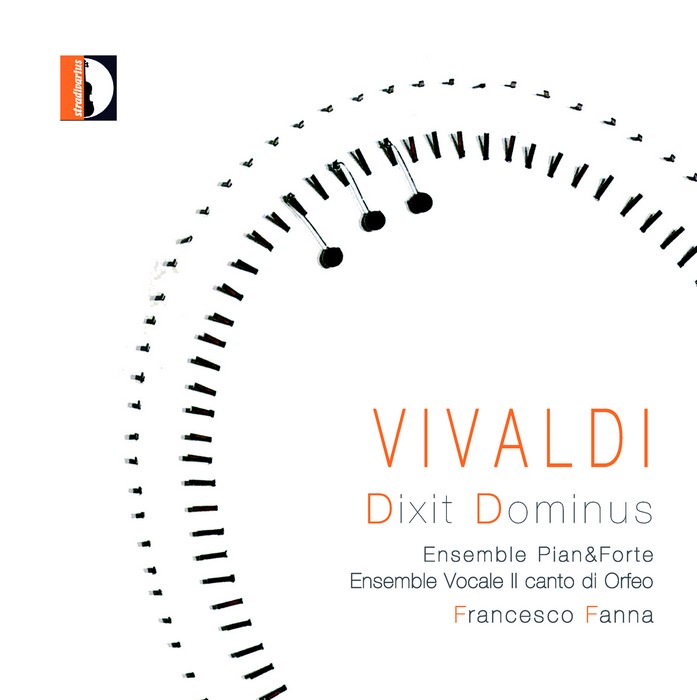Logowanie
Mikołaj - ten to ma gest!
Elton John, The Mamas & The Papas, Cat Stevens, Rod Stewart, Bobbie Gentry, Stevie Wonder, Engelbert Humperdinck
Memory Lane
Edycja Numerowana - 1000 egzemplarzy w skali światowej
RACHMANINOV, Eiji Oue, Minnesota Orchestra
Symphonic Dances / Vocalise
Best Recordings of 2001!!! NAJCZĘŚCIEJ KUPOWANA PŁYTA Z RR!
Karnawał czas zacząć!
Music of Love - Hi-Fi Latin Rhythms
Samba : Music of Celebration
AUDIOPHILE 24BIT RECORDING AND MASTERING
CHOPIN, LISZT, DEBUSSY, DVORAK, Gerhard Oppitz
Dances romantiques - A fantastic Notturno
Wzorcowa jakość audiofilska z Clearaudio
Winylowy niezbędnik
ClearAudio
Double Matrix Professional - Sonic
najbardziej inteligentna i skuteczna pralka do płyt winylowych wszelkiego typu - całkowicie automatyczna
VIVALDI, Monique Zanetti, Emanuela Galli, Ensemble Vocale Il Canto Di Orfeo, Ensemble Pian&Forte, Francesco Fanna
Dixit Dominus
- Antonio Vivaldi (1678-1741):
- Ascende laeta, Introduzione RV 635
- Dixit Dominus, Salmo RV 595
- Canta in prato, ride in fonte, Introduzione RV 636
- Dixit Dominus, Salmo RV 807
- 1 CD - DDD - 65'36''
- Monique Zanetti - soprano
- Emanuela Galli - soprano
- Ensemble Vocale Il Canto Di Orfeo
- Ensemble Pian&Forte
- Francesco Fanna - conductor
- VIVALDI
Vivaldi - Dixit Dominus
Monique Zanetti, Emanuela Galli (sopranos), Susanna Moncayo von Hase (alto), Ian Honeyman, Mario Cecchetti (tenors) & Furio Zanasi (bass)
Ensemble Vocale Il Canto di Orfeo & Ensemble Pian & Forte, Francesco Fanna
We know of three settings that Vivaldi produced of the psalm Dixit Dominus (Psalm 109). Vivaldi's three settings are all in D major. Each belongs to a distinct period within Vivaldi's career, so that the progress from one setting to the next charts the evolution of his style - and all the more clearly since the liturgical text remains constant.The earliest of the Dixit Dominus settings, RV595, dates from 1713 to 1717. Like many works from Vivaldi's first period of sacred music composition, it has flamboyant instrumental parts but rather restrained vocal ones.The third setting, RV807, was discovered as recently as 2005 by the Australian scholar Janice Stockigt. RV807 retains the composer's interest in counterpoint but adds to it a new interest: in the florid kind of vocal writing that the Neapolitans were rapidly making universal. It probably dates from 1732 or shortly thereafter.The present recording prefaces each Dixit Dominus by a solo motet to which he gave the name 'introduzione'. Ascende laeta, RV635, in A major, was very likely conceived as a prelude to RV595, with which it shares certain features of melodic design. Canta in prato, ride in fonte, RV636, in G major, was probably designed to precede RV594, but can serve equally appropriately as a prelude to RV807. Rare repertoire in a revised edition from scholar Michael Talbot, who also writes the booklet notes.
“The opening of RV595, with trumpets and bustling violins, is well played, although the 16-strong Ensemble Vocale il Canto di Orfeo dominate too much in faster music. However, the quieter "Donec ponam" is beautifully judged by Francesco Fanna. The solo trumpet and dramatic string parts in "Judicabit in nationibus" are magnificently played.” Gramophone Magazine, February 2009
>>> Większa okładka A <<<





























